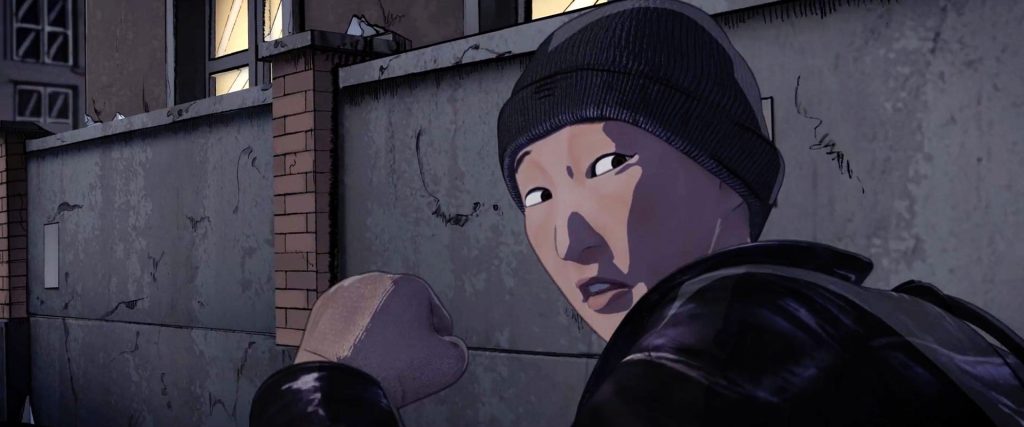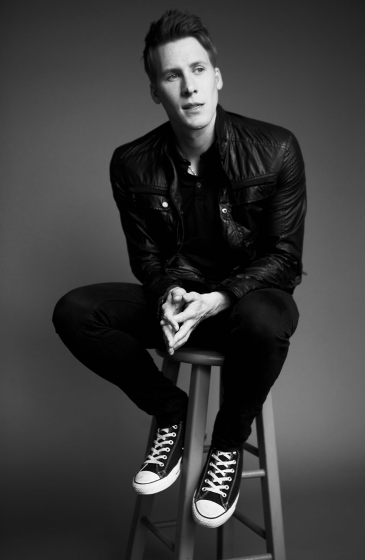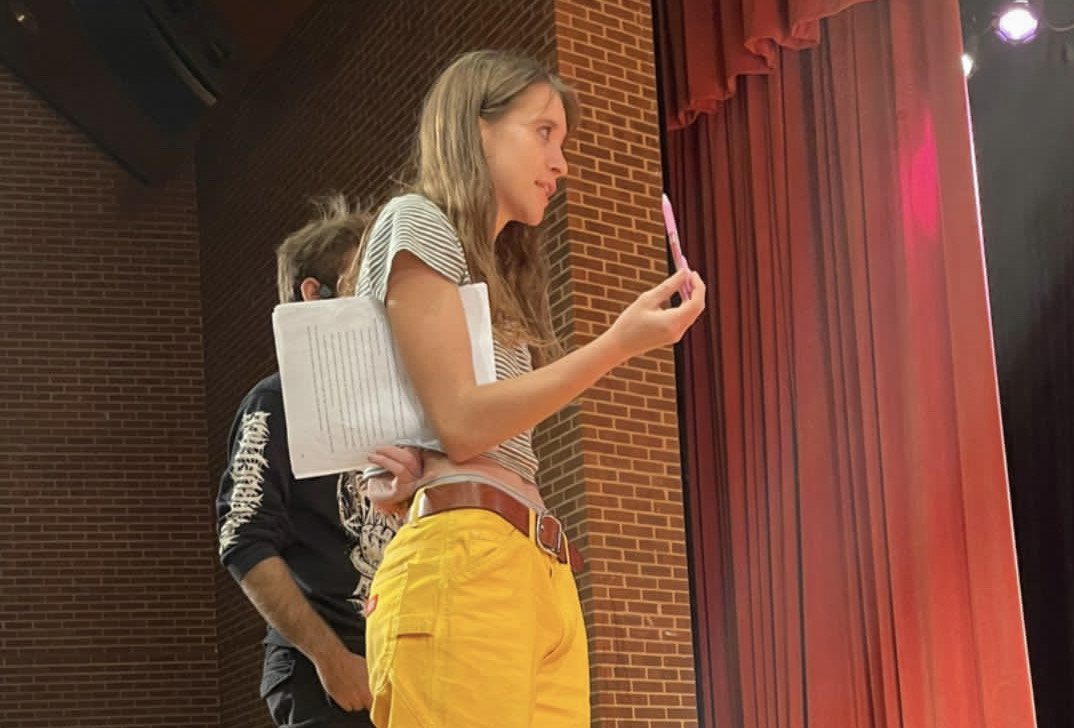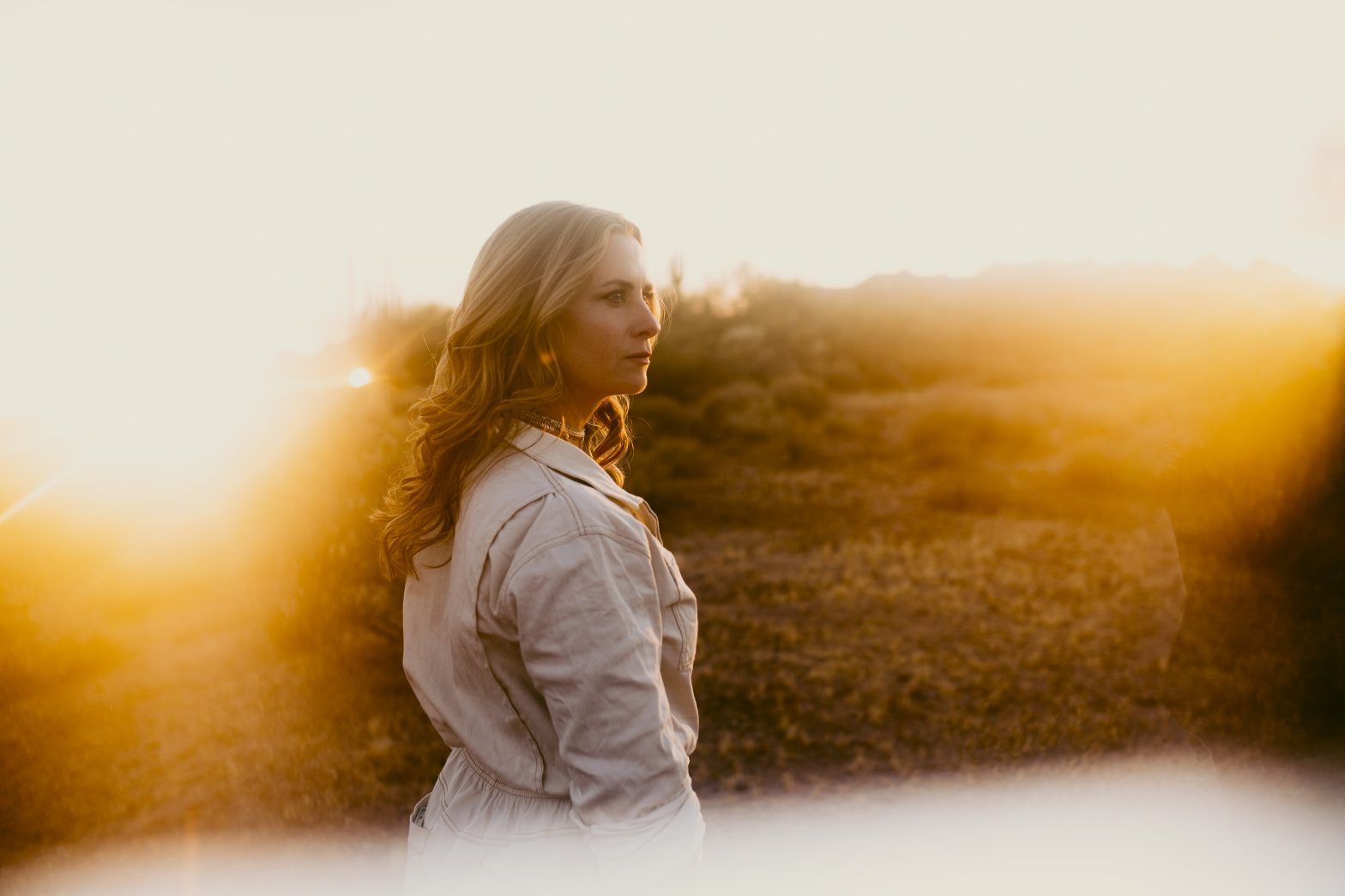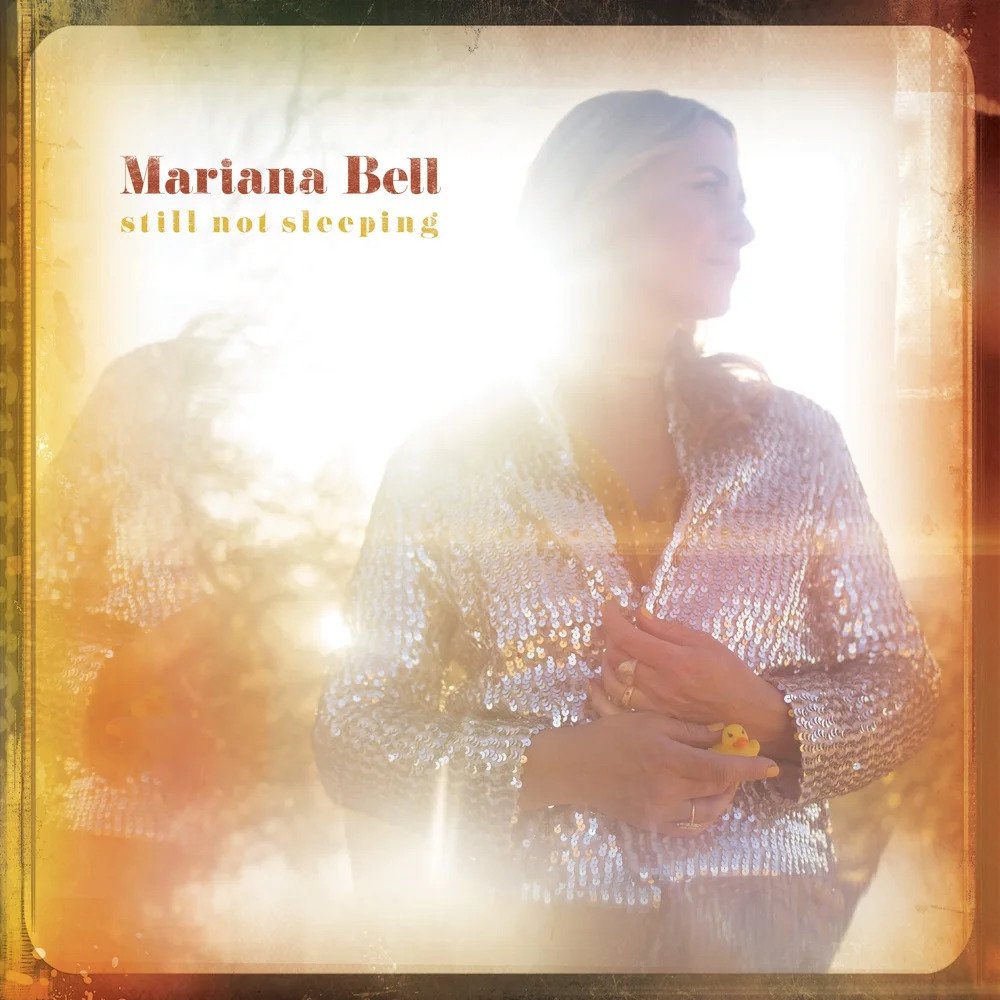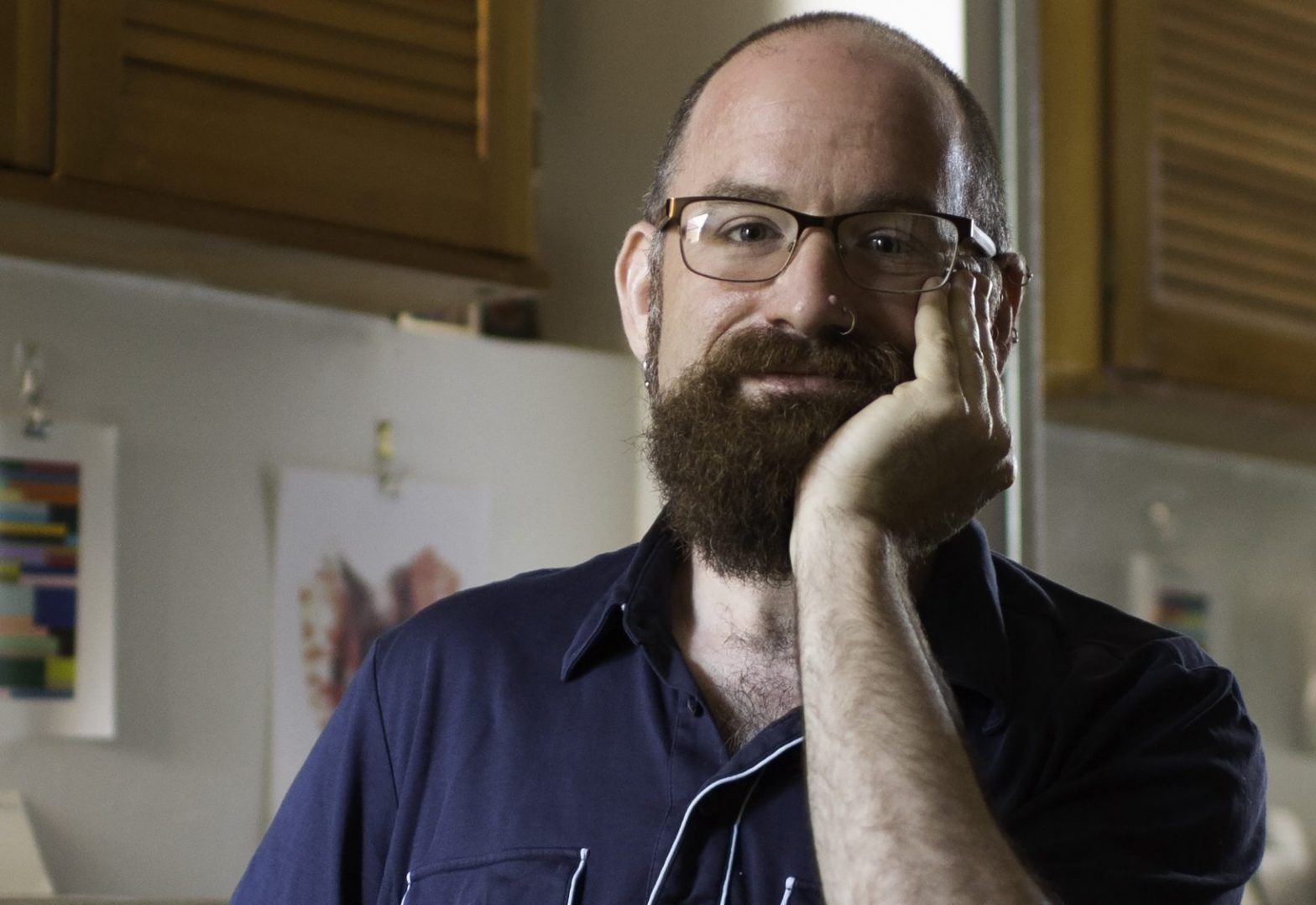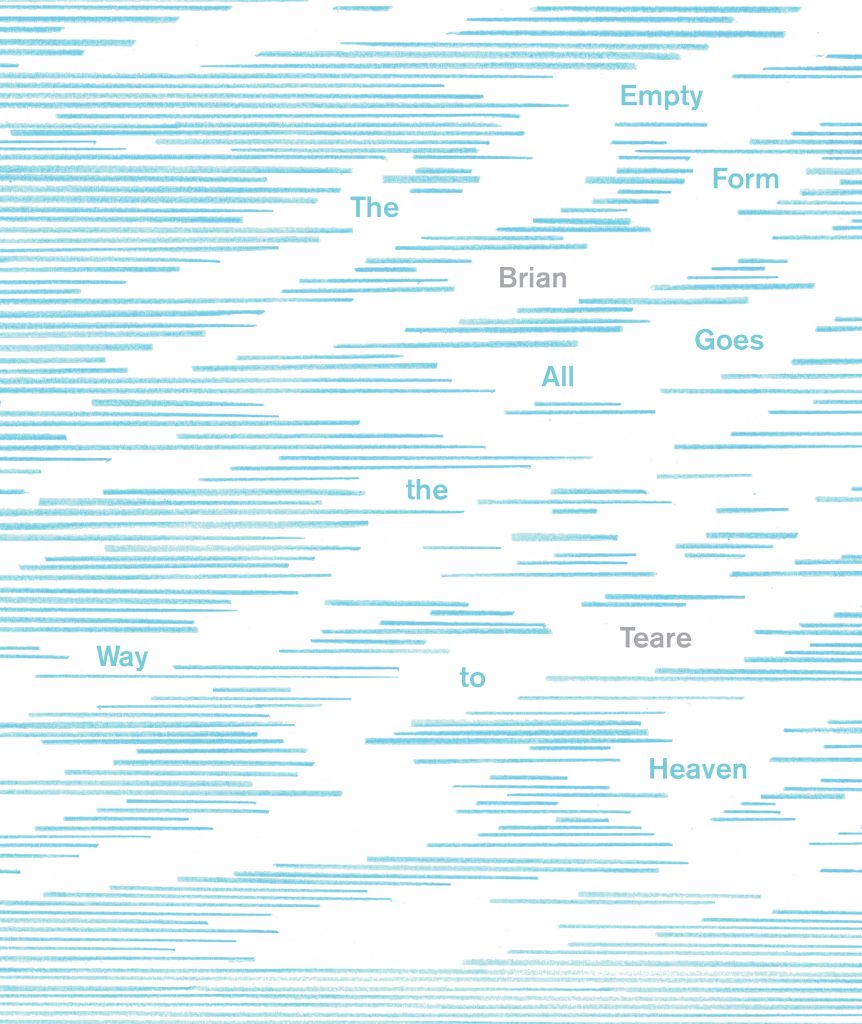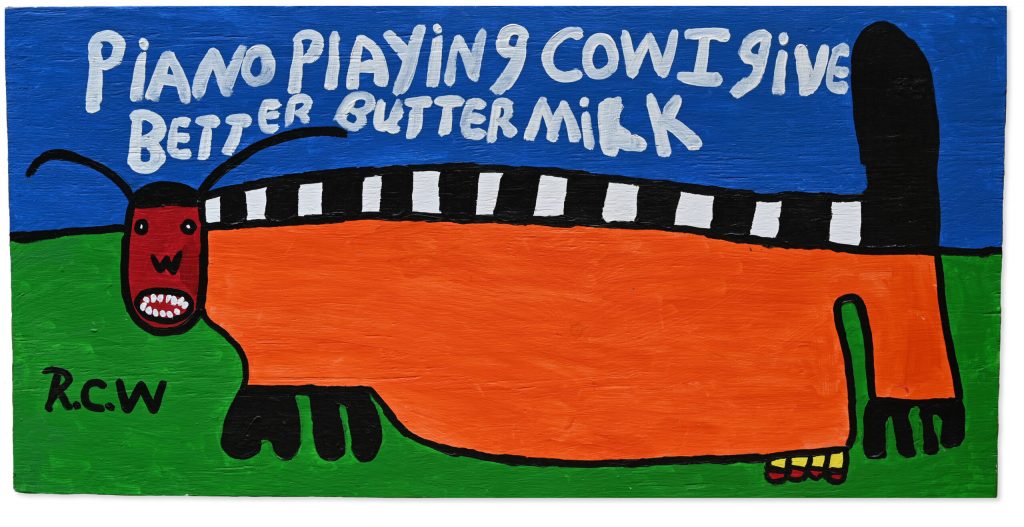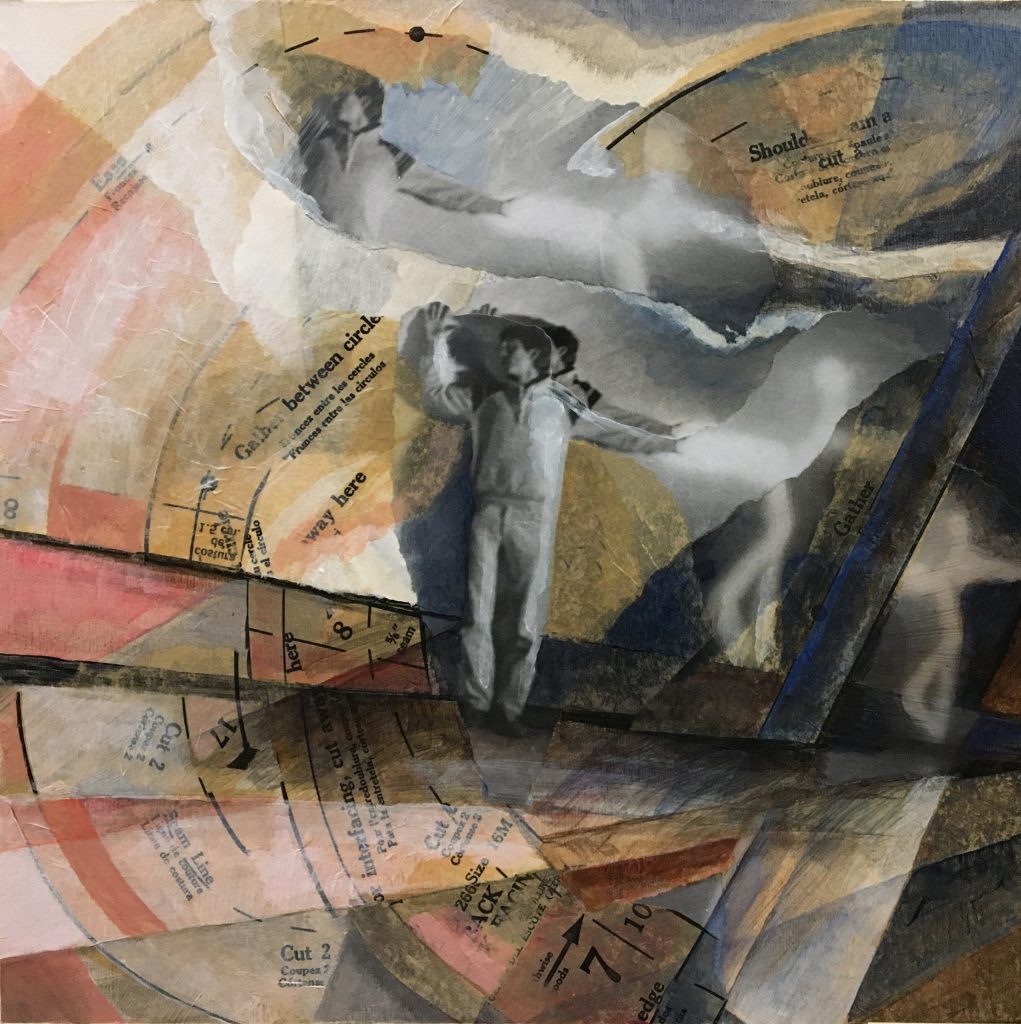Descendant
The United States outlawed international slave trade in 1808, but more than a half century later a ship called the Cotilda smuggled a group of enslaved Africans into Mobile, Alabama. The expedition was illegally chartered by a plantation owner named Timothy Meaher, who ordered the Cotilda be burned and sunk to hide all evidence of his crime.
Now, most of the descendants of the Cotilda have settled in Africatown, a small community just north of Mobile. Margaret Brown’s documentary, Descendant, follows residents of Africatown as they come together to search for the Clotilda, reclaim their ancestors’ narrative, and demand accountability. A discussion with subject Kern Jackson and moderator Robert Daniels follows the screening. November 5, Violet Crown Cinema
Imagining the Indian: The Fight Against Native American Mascoting
Despite the ongoing movement to remove the use of harmful and exploitative stereotypes of Native Americans from the sporting world, appropriation of Native American culture still runs rampant. While teams like the Washington Commanders and the Cleveland Guardians made tardy name changes, others, like the Chicago Blackhawks and the Atlanta Braves, cling to their reductive imagery.
In Imagining the Indian, directors Ben West and Aviva Kempner chronicle the movement to end the use of Native American logos, mascots, slurs, and names. A discussion with Kempner, documentary subject Rhonda LeValdo, and moderator Adriana Greci Green accompanies the screening. November 6, Violet Crown Cinema

Dani’s Twins
In the midst of the COVID-19 pandemic, Dani Izzie became one of the first quadriplegics to give birth to twins. Dani’s Twins follows the Madison County resident as she navigates her unique pregnancy, grapples with biases faced by women with disabilities, gives birth to her children at UVA Medical Center, and begins the journey of parenthood.
A discussion with producer Angie Gentile, subjects Dani and Rudy Izzie, and Dr. Robert Fuller is moderated by Eric Swensen, and accompanies the screening. The documentary will be presented with open captions, and on-stage presentations will include ASL interpretation. November 3, Culbreth Theatre

Hazing
Filmmaker Byron Hurt explores the history and culture of hazing with sensitivity and care in his new documentary. “As a filmmaker who is a fraternity member (I am a proud member of Omega Psi Phi Fraternity, Incorporated) and someone who has been hazed and has hazed young men, I feel uniquely qualified to make this film,” says Hurt.
Hurt examines the sometimes-deadly practice from all sides, conducting heartfelt interviews with survivors and families who’ve lost loved ones, while also delving into issues of systemic racism, toxic masculinity, and groupthink culture. Hurt will discuss the film with subject James Vivenzio and moderator Angie Miles. November 4, Vinegar Hill Theatre
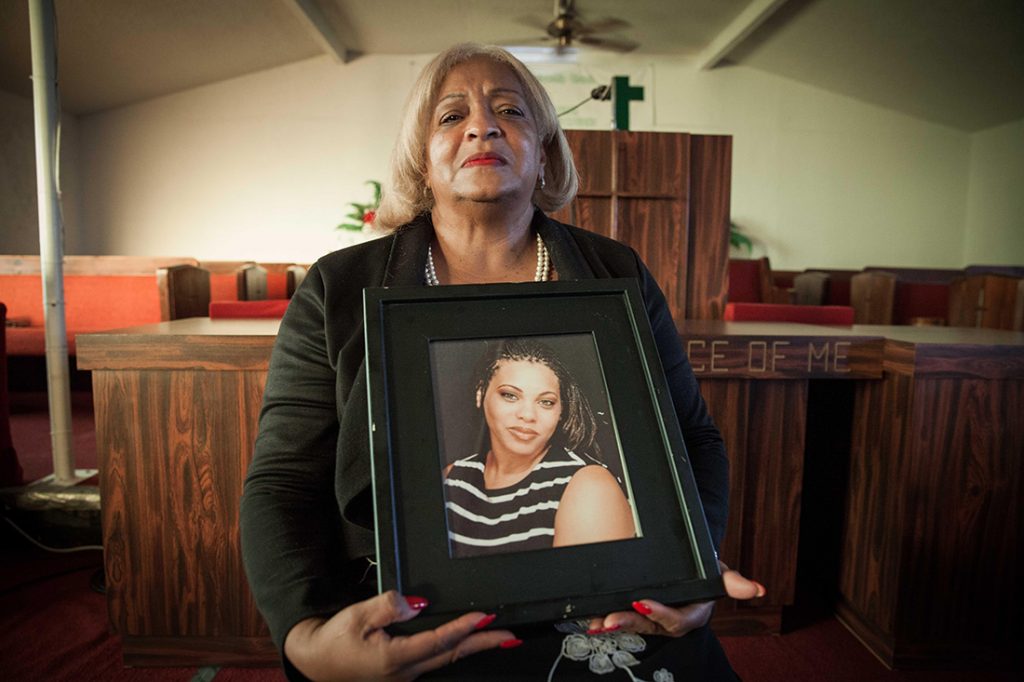
Eternal Spring
Whimsical, exhilarating, and ominous, Eternal Spring is not your average doc. Told through alternating present-day footage, first-person recounts, and 3D animation, the official Oscar-selected flick follows comic book illustrator Daxiong, a member of outlawed spiritual group Falun Gong. In an attempt to counter the government’s narrative about its spiritual practice, Falun Gong hijacks a state TV station, forcing Daxiong to flee the country. Now, 20 years later, Daxiong sets out to retrace the events of the hijacking through his artwork, but finds his views challenged by another surviving hijacker. November 5, Violet Crown Cinema
